Recently, Huami pushed a system update for its Amazfit Falcon, T-Rex Ultra, Cheetah Pro, and other smartwatches, enhancing the fishing mode to support users in manually recording the number of rods and the catch per rod, as well as adding real-time atmospheric pressure, sunrise and sunset time curves, and a lap timer display.
In fact, the core functions of smartwatches, such as sports and health monitoring, have reached a point where there is little room for further competition, with over 100 sports modes already covering the vast majority of user needs. Therefore, the current trend in the smartwatch market, especially for fully-featured smartwatches, is moving towards greater specialization.
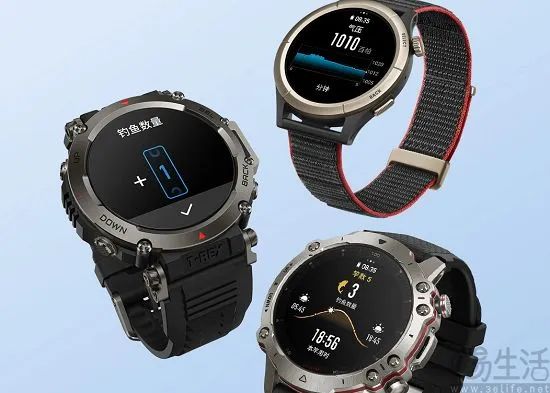
In the smartwatch market, there have always been two major camps: one is products launched by smartphone manufacturers, and the other is those from specialized manufacturers. For a considerable period, the distinction between the two was very clear, as smartwatches from smartphone manufacturers tended to be more “mainstream,” while specialized manufacturers emphasized specific functions in particular scenarios. As a result, although both belong to the smartwatch category, the overlap in user demographics was not high, and market competition was relatively mild, with each side maintaining its own territory.
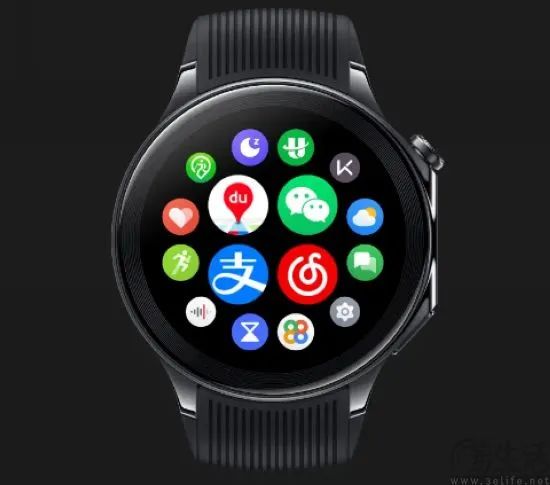
However, with advancements in related technologies and the continuous diversification of user demands, smartphone manufacturers have gradually increased their investment in smartwatches, especially fully-featured smartwatches. Leveraging their advantages in technology and ecosystem, smartphone manufacturers have successively launched a series of models with more comprehensive functions and stronger product capabilities, leading to a gradual intensification of competition in what was once a relatively calm market.
As competition in the smartphone market becomes increasingly fierce, smartphone manufacturers are also choosing diversified development paths to reduce risks. The smartwatches they launch, with their inherent advantages in ecosystem, can achieve seamless connectivity with smartphones and enable cross-screen interaction, vehicle control, and a series of intelligent functions. These advantages make investing in the smartwatch field a very wise choice for smartphone manufacturers.
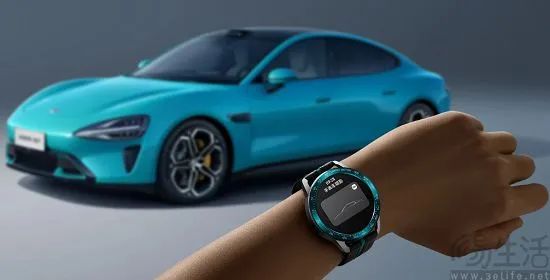
For smartphone manufacturers, demonstrating “intensity” in market competition means adding more specialized functions to smartwatches, a domain that has traditionally been dominated by specialized manufacturers. Taking outdoor scenarios as an example, the monitoring data provided by specialized manufacturers previously excelled in comprehensiveness and accuracy, but now high-end products from smartphone manufacturers generally feature multi-band GPS positioning, which has nearly leveled the accuracy gap with professional products. Some models even go further by equipping satellite communication functions to enhance practicality in this scenario, a field that specialized manufacturers find difficult to penetrate.
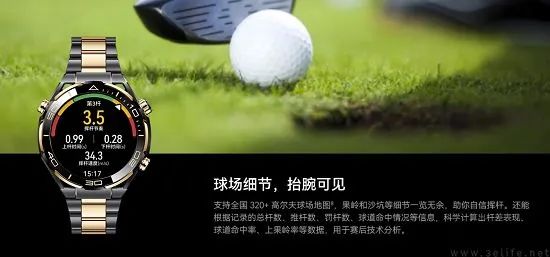
Moreover, the professionalization path of smartwatches from smartphone manufacturers has many more directions. For instance, some high-end products, after obtaining medical device certification, can provide data that may even serve as a reference for diagnosis and treatment. In terms of enhancing the professionalism of sports monitoring, some products have delved deeply into sports modes such as running, cycling, and golf, providing users with more professional analysis and guidance.
Although these solutions may superficially seem aimed at highlighting the “versatility” of smartwatches, a deeper analysis reveals that they are subtly penetrating the market to capture segments previously occupied by specialized manufacturers like Garmin and Suunto.

Related patents for Apple Watch sensors
This strategy of filling “market gaps” by smartphone manufacturers has actually been in place for some time; for example, Apple previously had patents exposed for adding atmospheric pressure sensors and wind speed sensors to the Apple Watch. Therefore, under the current trend of professionalization in smartwatches, especially fully-featured smartwatches, the situation for specialized manufacturers may become increasingly awkward.
For wearable devices like smartwatches, health and sports monitoring are undoubtedly core functions, and as consumer health awareness increases and exercise habits form, these functions have become important factors in consumer purchasing decisions. To this end, relevant manufacturers are adopting main control units with higher computing power, sensors with higher measurement accuracy, and continuously improving related algorithms and app adaptations, attempting to provide users with more professional and effective monitoring data.
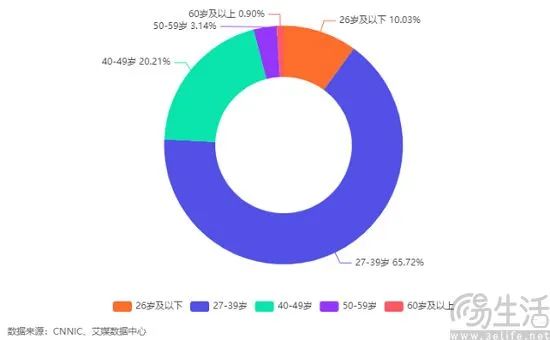
Analysis of smartwatch user age demographics
Of course, relevant manufacturers clearly do not want smartwatches to be confined to the “big health” field, so they are also seeking breakthroughs in more directions to meet consumer demands. For example, in terms of functional expansion, manufacturers are continuously enhancing the independent working capabilities of smartwatches; for instance, eSIM functionality has almost become standard for high-end products from smartphone manufacturers, and the addition of functions such as payment, navigation, and music playback further expands the usage scenarios of smartwatches.
According to data released by research firm iResearch, 65.72% of smartwatch consumers are aged between 27 and 39. This data indicates that with the increase of young user groups and their higher demands for personalization, relevant manufacturers need to continue investing in product design, peripheral accessories, and UI beautification.
In terms of appearance design alone, smartwatches have now entered a phase where both square and round dials coexist, and the materials used for the body are becoming increasingly diverse. In terms of peripheral accessories, there is also a vast space for development; for example, the Apple Watch offers a wide range of strap options, and Xiaomi has included the bezel in the realm of personalization.
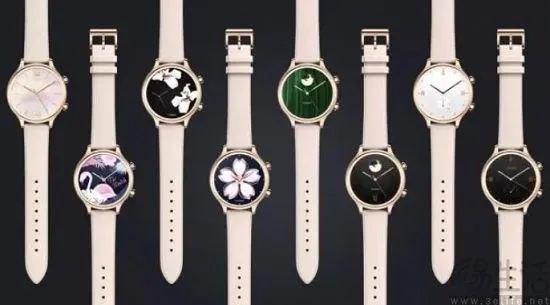
Smartwatch products targeting female users
It is worth mentioning that for female users, some smartwatch products have introduced features such as menstrual cycle reminders and provided specially designed exclusive dials, as well as targeted beautification of the app interface. This differentiated competitive strategy will undoubtedly further expand the market space for smartwatches.
The global smartwatch market is currently showing a steady growth trend, with research firms such as Counterpoint, TechInsights, and Canalys making optimistic predictions about the future market performance of such products. Some analysts believe that by 2028, the market size is expected to reach $35 billion. Faced with such enormous market potential, it is undeniable that the previously gentle competitive landscape of the smartwatch market will change.
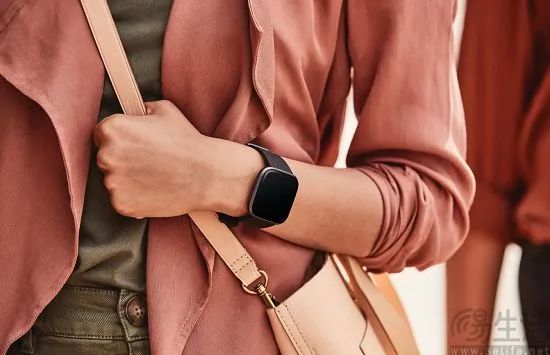
Currently, the boundaries between smartphone manufacturers and specialized manufacturers in the smartwatch market are becoming increasingly blurred. Smartphone manufacturers, leveraging their advantages in ecosystems, are developing products that progress towards both “versatility” and “professionalization.” As user demands for smartwatches become increasingly diverse and personalized, competition in this market is likely to become more intense, which will drive the entire industry into a phase of accelerated innovation and provide users with richer choices.
【Images in this article are sourced from the internet】Recommended Reading:
Generative AI for Smartphones: The Last Chance for Traditional Software Companies
AI has now become a hot topic in the software industry, but the “window period” may not last long.
To Find Corpora for Large Models, Some Are Starting “Internet Archaeology”
The increasingly insufficient corpora may prompt internet archaeology to become a business.